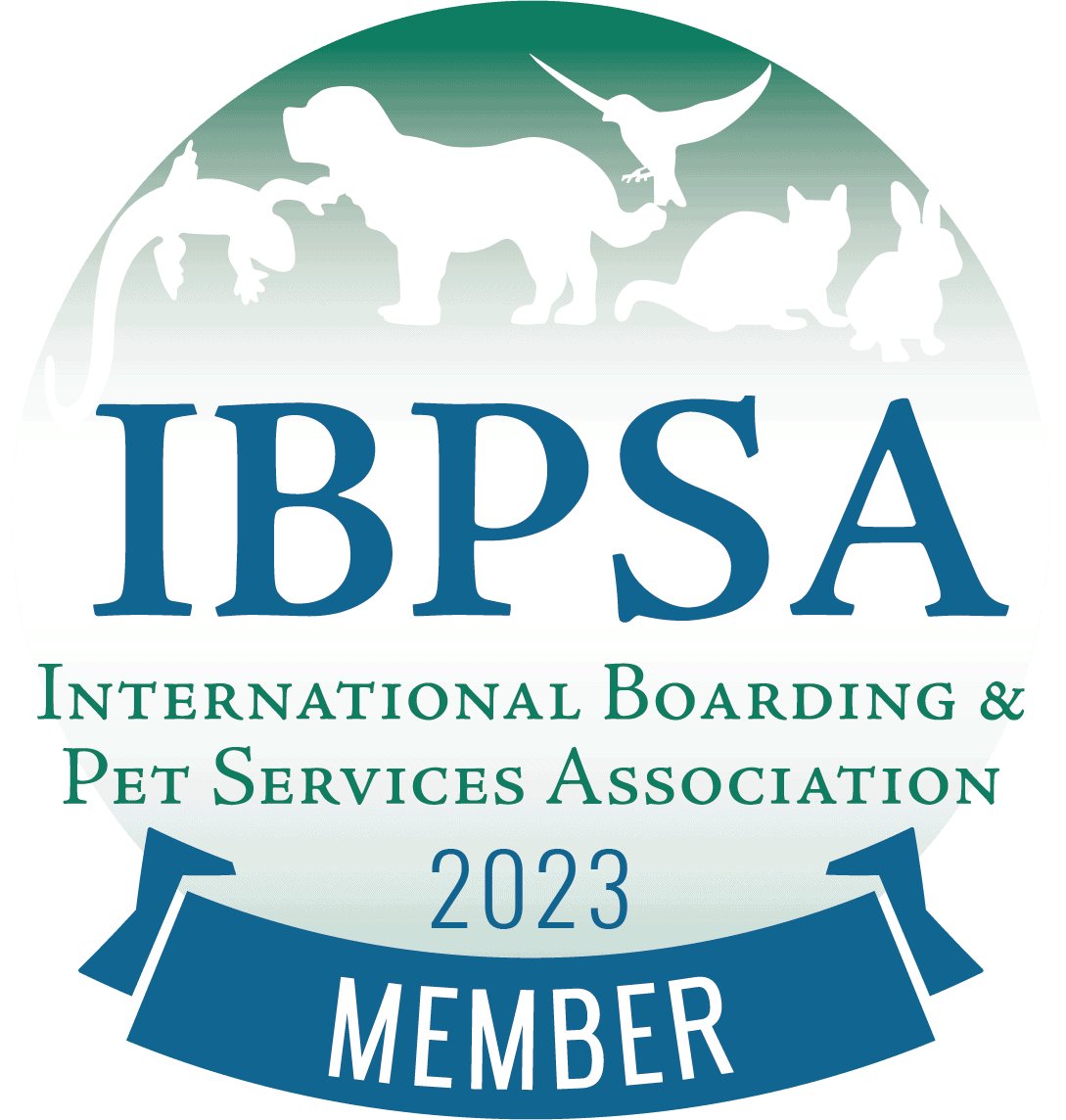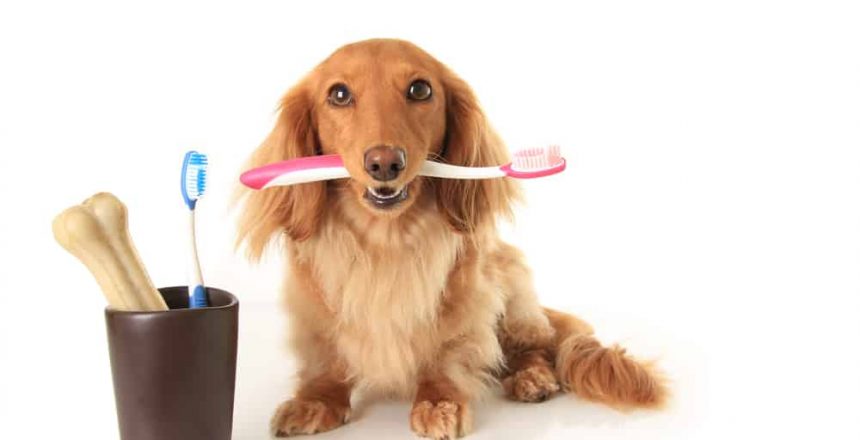Most of the time, newborn puppies have that pleasant, sweet-smelling breath that we all know and love. However, as soon as our furry friends start growing teeth and transition from their mother’s milk to solid food, that precious puppy breath can quickly turn sour. This is a great time to start an oral hygiene routine for your dog.
Why Dental Care is Important for Dogs
In reality, your dog’s stinky breath serves as an important warning. A noticeable odor is often a strong indicator that your dog’s teeth could use a little TLC. If left untreated, the same plaque and tartar buildup that causes foul breath can lead to serious health issues, including a common canine dental condition known as periodontal disease.
According to the American Veterinary Medical Association (AVMA), if left untreated:” periodontal disease can cause severe problems and pain for your pet. Periodontal disease doesn’t just affect your pet’s mouth. Other health problems found in association with periodontal disease include kidney, liver, and heart muscle changes.”
When it comes to effective dental hygiene, the earlier you can introduce tooth brushing to your dog, the better. As a preventative measure, brushing can stop the growth of any existing issues and protects your pet’s teeth from any new decay that may try to take root.
How to Introduce Brushing
It’s unlikely that your dog is going to let you stick a toothbrush in their mouth and start scrubbing the right off the bat. You’ll probably have to ease them into it and get them used to having their teeth and gums touched. Here are a few steps you can take to acclimate your dog to the brushing process.
Get your Supplies Ready
You’re going to need a toothbrush and toothpaste specifically designed for dogs. When shopping for supplies, look for either a soft-bristled or a rubber brush, as this will make the process much more comfortable for your dog, especially in the beginning stages.
It may also help to buy a toothpaste that your dog will actually enjoy. Many brands, such as SENTRY, sell poultry flavored toothpaste that your canine friend will find hard to resist.
Massage their Lips, Gums, and Teeth
Do this for a few minutes every day, for a week. After the first few days, you can bring toothpaste to the process once your pet is used to the sensations associated with having their teeth and gums touched.
Introduce the Toothbrush
By this point, your dog will more than likely view the toothpaste as a treat, making them more likely to accept a toothbrush in their mouth.
When introducing the brush, it’s best to start slowly, especially since your dog will probably try to lick or eat the toothbrush the first few times around.
How Often Should you Brush Your Dog's Teeth?
Ideally, you should be brushing your pet’s teeth daily. After all, you brush your teeth every day, so why shouldn’t you do the same for your favorite furry friend.
While daily brushing is the best way to ensure that your dog’s mouth is as healthy as possible, this simply isn’t an option for some people or their dogs. In this case, one to two weekly bushings should be enough to prevent serious dental problems.
Consult a Veterinary Dentist
If possible, try to schedule at least one visit with a veterinary dentist per year. These professional cleaning visits will remove any plaque and tartar buildup that you couldn’t remove from your dog’s teeth yourself. Additionally, if any dental issues are identified, the vet can help you find the best solution to resolve them.


